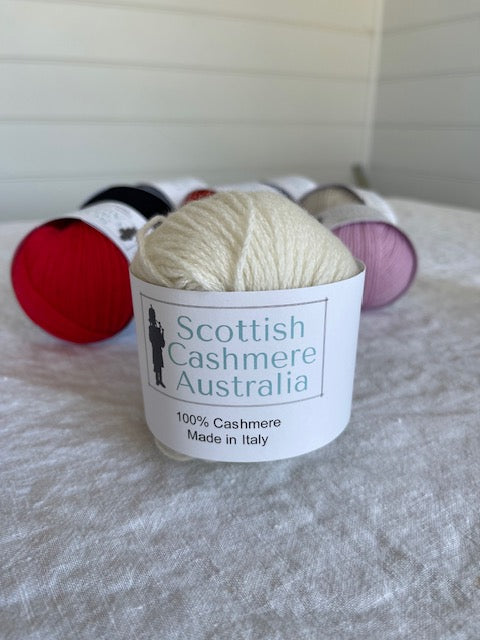Exploring the Past of cashmere and Its Role in Modern Fashion
Exploring the Past of cashmere and Its Role in Modern Fashion
Blog Article
Exploring the Different Sorts Of Cashmere a Natural Fiber for Ultimate Deluxe
Cashmere, a natural fiber, is often connected with high-end and comfort. The more cost effective Chinese cashmere, the conventional Scottish variant, and the premium Italian mix, all inform a different story of this impressive fiber.
Recognizing the Elegant Nature of Cashmere
Cashmere, often linked with deluxe and comfort, holds a special allure on the planet of all-natural fibers. This soft, lightweight material is coveted for its phenomenal warmth and exceptional durability. Unlike other natural fibers, cashmere combines insulation with breathability, using unmatched convenience across differing temperature levels. Its lustrous finish and soft structure contribute to its premium charm, warranting the costs cost that typically features cashmere garments. In addition, cashmere's fundamental crease resistance and elasticity improve its value, making it a recommended selection for premium clothing and devices. Despite its delicate look, cashmere has a shocking strength, able to keep its form and elegant feeling with time. This unique mix of attributes seals cashmere's placement as a symbol of beauty and indulgence.
Simply What Is Cashmere and Where Does It Come From?

Cashmere is derived from the soft undercoat of cashmere goats, mostly found in Mongolia, China, Iran, and Afghanistan. This meticulous process contributes to the shortage and high expense of cashmere. With its beginning in the harsh landscapes of Asia, cashmere is a testimony to nature's ability to create luxury from misfortune.
Deciphering the Various Kinds Of Cashmere
Understanding the different sorts of cashmere is vital to valuing the quality and special characteristics of this glamorous fabric. Usually, cashmere is categorized into three types: raw, virgin, and reused. Raw cashmere is straight obtained from the goat and is unprocessed. This kind usually contains contaminations such as dust and rugged hair. Virgin cashmere, on the other hand, is the pure, unrecycled product that is spun right into yarn for the very first time. It is the softest and most extravagant. Recycled cashmere is made from virgin material that has been formerly made use of. It is re-spun and utilized in generating lower-cost cashmere products. Translating these kinds is the very first step in recognizing the exclusivity and worth of cashmere.

The Distinct Characteristics of Each Sort Of Cashmere
Having explored the various categories of cashmere, it comes to be evident that each type flaunts its one-of-a-kind collection of attributes. Mongolian cashmere, for example, is renowned for its premium high quality, as a result of Mongolia's rough winters that create longer and finer fibers. Alternatively, Chinese cashmere is often a lot more economical, though its much shorter fibers can lower longevity. Scottish cashmere is celebrated for its exquisite soft qualities, an outcome of the traditional water washing procedure utilizing Scotland's soft water. Italian cashmere, at the same time, is renowned for its Bonuses skillful blending and coloring techniques, rendering it versatile and dynamic. Lastly, Indian cashmere, article source likewise known as Pashmina, is cherished for its incredible agility and warmth. Each kind, hence, adds to the material's reputation for deluxe.
Why Cashmere Is the Embodiment of Luxury in Style
Cashmere holds a renowned position on the planet of style, considered an icon of deluxe and class. Its appeal is not just in its gentleness and warmth, yet additionally in its rarity and the careful process associated with its purchase. Cashmere is originated from the great undercoat of Himalayan goats, known for their remarkable quality fiber. The shortage of this fiber, integrated with the labor-intensive process of collection, adds to its high price and unique condition. Cashmere's unparalleled convenience and toughness make it a popular product in the production of premium garments. Its all-natural lightweight and insulating residential or commercial properties include in its value, making it the embodiment of luxury in vogue.
The Process of Making Cashmere: From Goat to Garment
The journey of cashmere, from being an undercoat of a Himalayan goat to a luxurious garment, is an intricate one. This blend is after that fastidiously divided, with only the soft down made use of for cashmere. From goat to garment, each step is a testament to the perseverance, artistry and ability entailed in crafting cashmere.

Final Thought
In verdict, cashmere, with its all-natural style and unparalleled convenience, rules supreme worldwide of luxury style. The diversity in kinds, ranging from the soft Mongolian, light-weight Indian Pashmina, budget-friendly Chinese, traditional Scottish, to the vibrant Italian, exposes the versatility of this natural fiber. The scrupulous procedure of changing it from a goat to a garment better contributes to its exclusivity, making cashmere the embodiment of sophistication and deluxe.
Cashmere, a natural fiber, is usually connected with high-end and comfort (is cashmere a natural fiber).Cashmere, frequently connected with luxury and comfort, holds a distinct allure in the globe of natural fibers. Unlike various other natural fibers, cashmere combines insulation with breathability, offering unrivaled convenience across varying temperatures. Cashmere is derived from the soft undercoat of cashmere goats, mostly located in Mongolia, China, go to the website Iran, and Afghanistan. Cashmere is obtained from the fine undercoat of Himalayan goats, recognized for their premium top quality fiber
Report this page